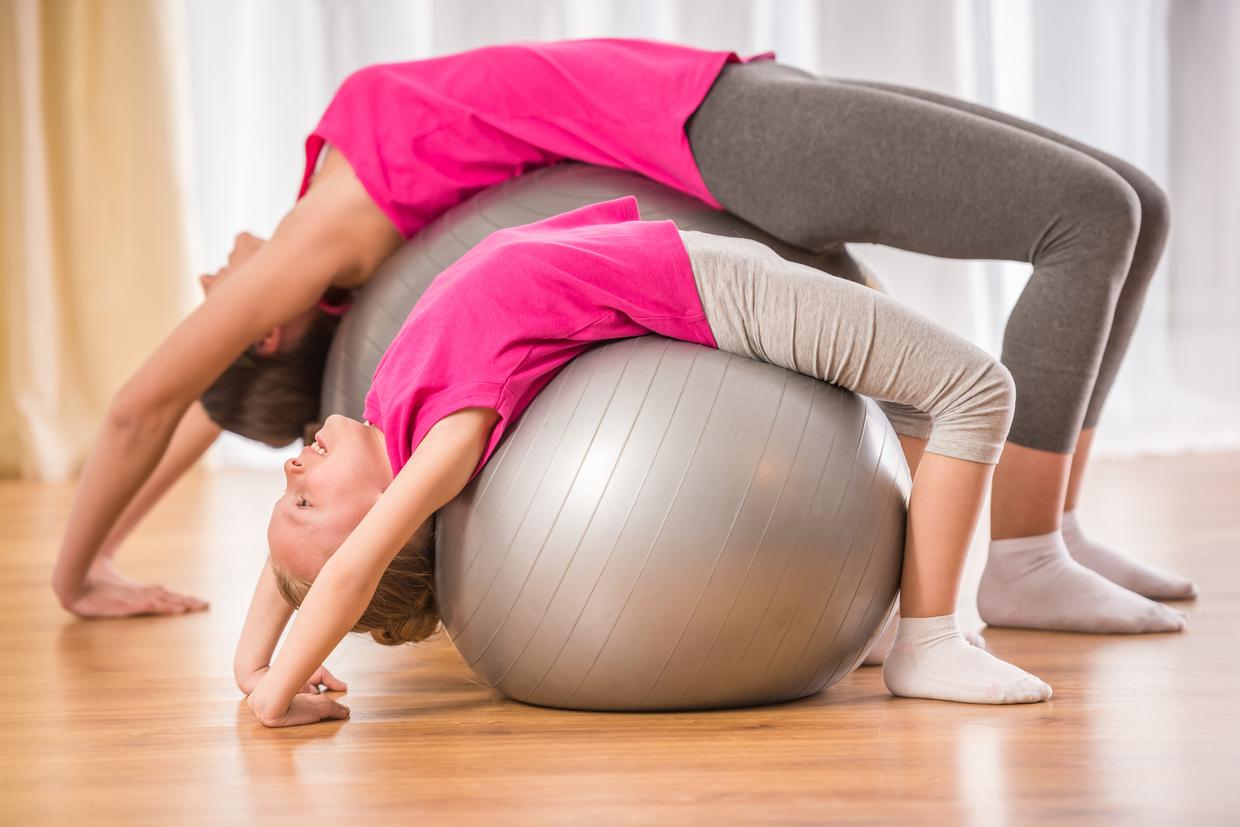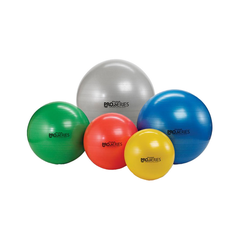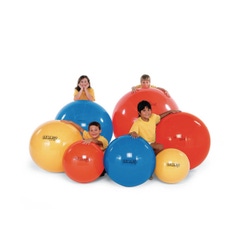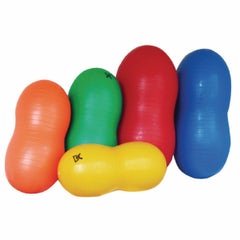Balance balls are often used to assist children with poor posture or back problems to help them build core strength during a workout. Balance balls have also become a popular treatment modality for children with ADD/ADHD, autism, and other types of sensory integration challenges. Teachers and occupational therapists use balance balls to help children improve their gross motor skills and manage sensory integration.
Learn how more movement can lead to greater stillness and improved attention with the use of a balance ball!
Benefits of Using a Balance Ball
For Children with ADHD
Attention Deficit Hyperactive Disorder (ADHD) is a neurobehavioral disorder that often results in significant learning and sensory motor problems. Children with ADHD have an inability to sit still and pay attention in the classroom. These children often fail to complete assignments and do not perform as well academically as children without ADHD. Children with ADHD who use balance balls, minimize their out-of-seat time when completing schoolwork and homework. These balance balls also help prevent children from tilting backwards in their chairs, balancing on the back of the headrest, and assuming uncomfortable or harmful postures due to their inability to focus.
For Children with Autism/Sensory Processing Disorder
Children with autism or sensory processing issues can be over or under sensitive to proprioception (body movement, position, and balance). Sensory-seeking children often require more proprioceptive input and sensory stimulation. These children enjoy activities like jumping or hopping as well as bumping or crashing into things to feel the physical contact and pressure. Knowing your child’s reactions and triggers can help you find which balance ball exercises will work best.
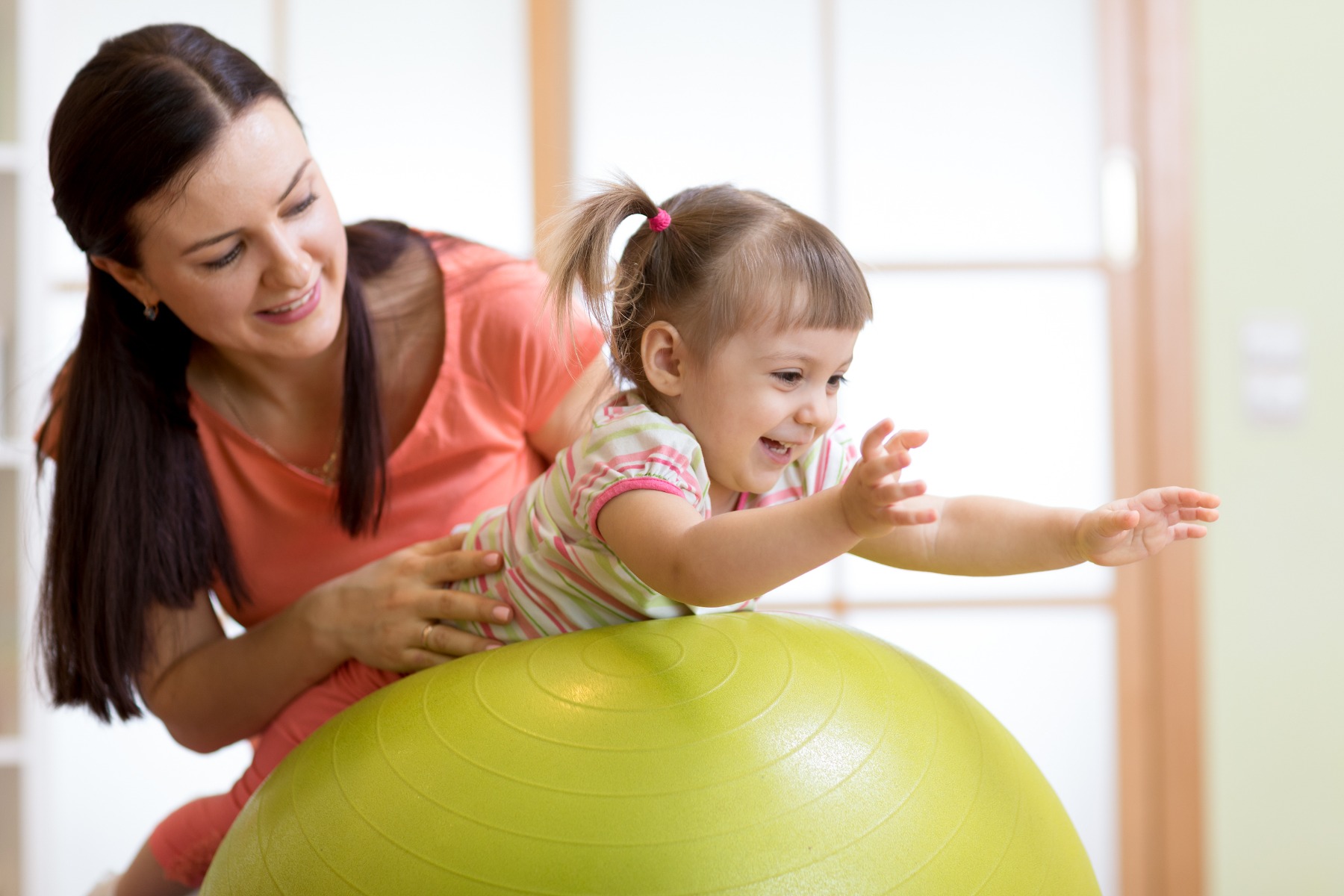
For Children with Weak Core Strength
While adding fun to their daily exercise routine, a balance ball can be used to challenge and improve children's balance, coordination, and muscles in many ways. Children with weak core muscle strength may have difficulty with simple activities such as keeping the correct sitting posture. Core strength is the development of the torso muscles that stabilize, align, and move the trunk of the body. You might find children leaning, falling off their chair, or propping their head up with their hands. Poor posture can also affect gross motor and fine motor skills. By using an exercise ball to build strong core strength, you are building a strong foundation for your child.
How to Choose the Right Size
While height plays the biggest role in finding the right size for your balance ball, it’s also important to consider the child’s weight. A child whose weight-to-height ratio is higher than average will cause greater compression to the ball when they are seated. Some additional guidelines to follow include:
- When seated upright on the balance ball, make sure that your child’s feet are flat on the ground. In addition, their weight should be evenly distributed across the top of the ball
- Your child’s knees should be level or slightly lower than their pelvis. This will create a 90-degree angle at both the hips and knees with the thighs parallel to the ground
- Your child’s ears, shoulder and pelvis should be in a vertical line, with no leaning necessary to act as a counterbalance to keep them seated on the ball. If they are slightly leaning, try having your child bounce up and down a little to assist with alignment
- Measure the distance from your child’s armpit to their middle fingertip. This measurement will give you an estimate of what the diameter of the ball should be
By taking the time to choose the right size and type of balance ball, you’re committing to getting the most out of it each time your child uses it.
Choose your balance ball!
5 At-Home Gross Motor Activities
Implementing at-home gross motor activities using a balance ball can assist with the development and building of bilateral coordination, core muscle strength, vestibular sensory input, postural stability, and so much more. When beginning these core strengthening exercises, start with just a few at a time. Make sure to find some that your child loves to engage in. You should see your child start to develop self-confidence and endurance as they progress in their daily routine. At this point, you can begin adding new exercises or gross motor activities.
The Rainbow Pass
- Lying flat on your back, start with the ball in your hands above your head
- Lift the ball over your head while lifting your feet to the ball
- Place the ball in your feet and bring the ball down to the floor. Move your feet back up to pass the ball to your hands
- Continue to pass the ball between your hands and feet to create a “rainbow” shape
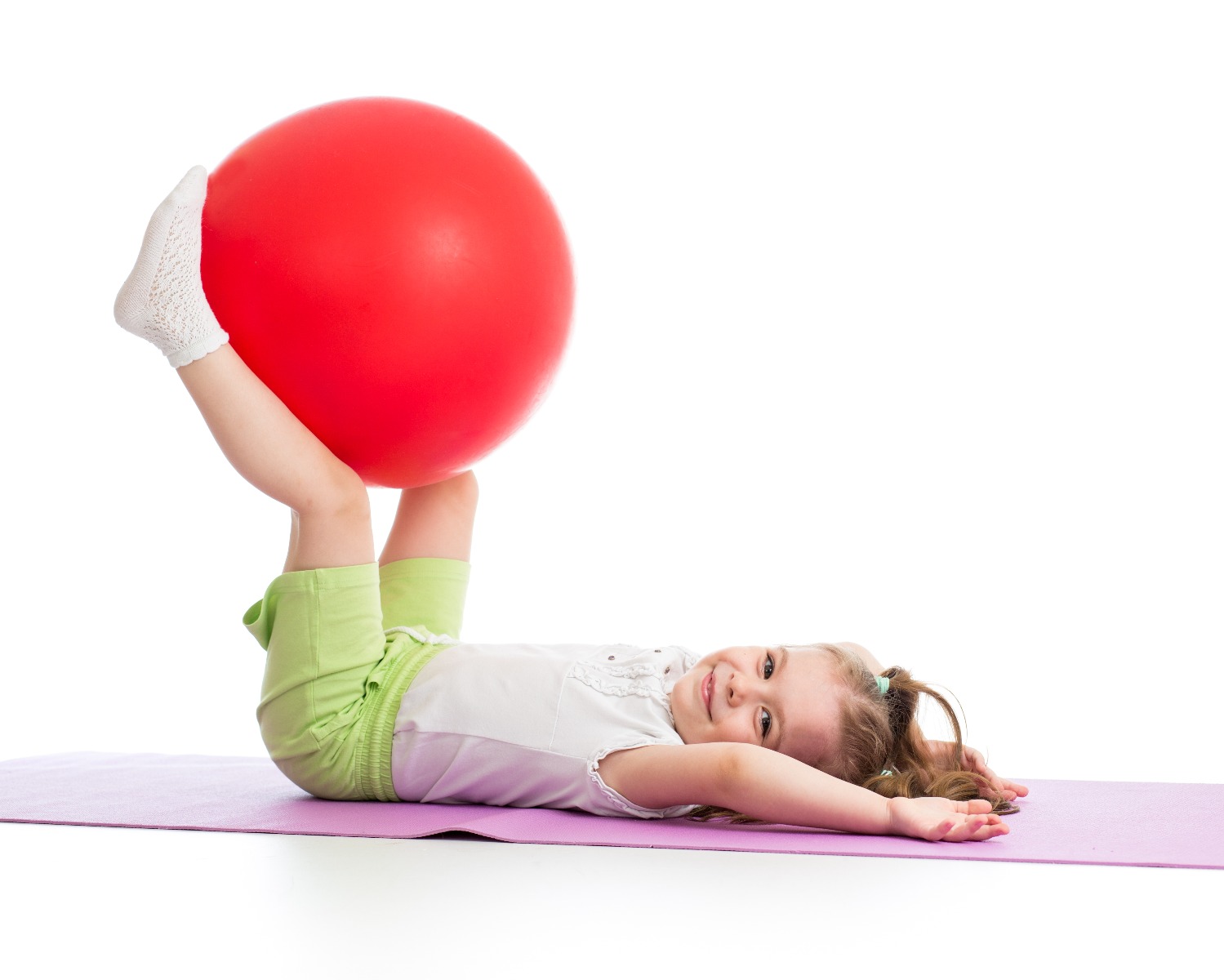
Flipped Over
- Sit on top of the ball and slowly roll the ball away from you so that you begin to tip backwards
Parents - hold onto your child’s hips or thighs for additional support
- Continue to fall backwards until you are hanging upside down with your hands over your head
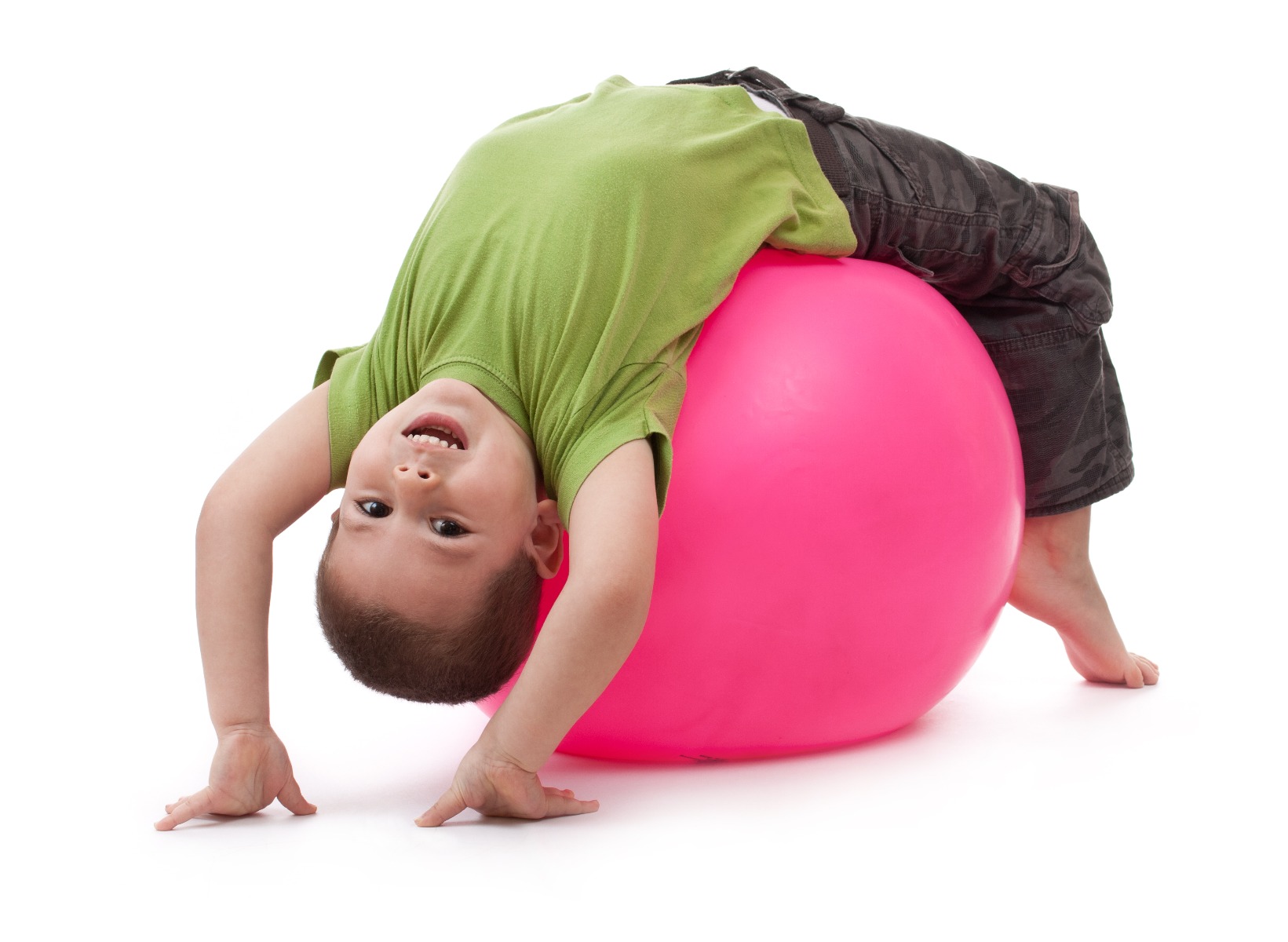
Bouncing
- Sit on top of the ball and start to bounce up and down on the ball
Parents - hold your child’s hips, thighs, or ankles for additional support
- You can also bounce rhythmically while counting or singing a song with a repeatable beat
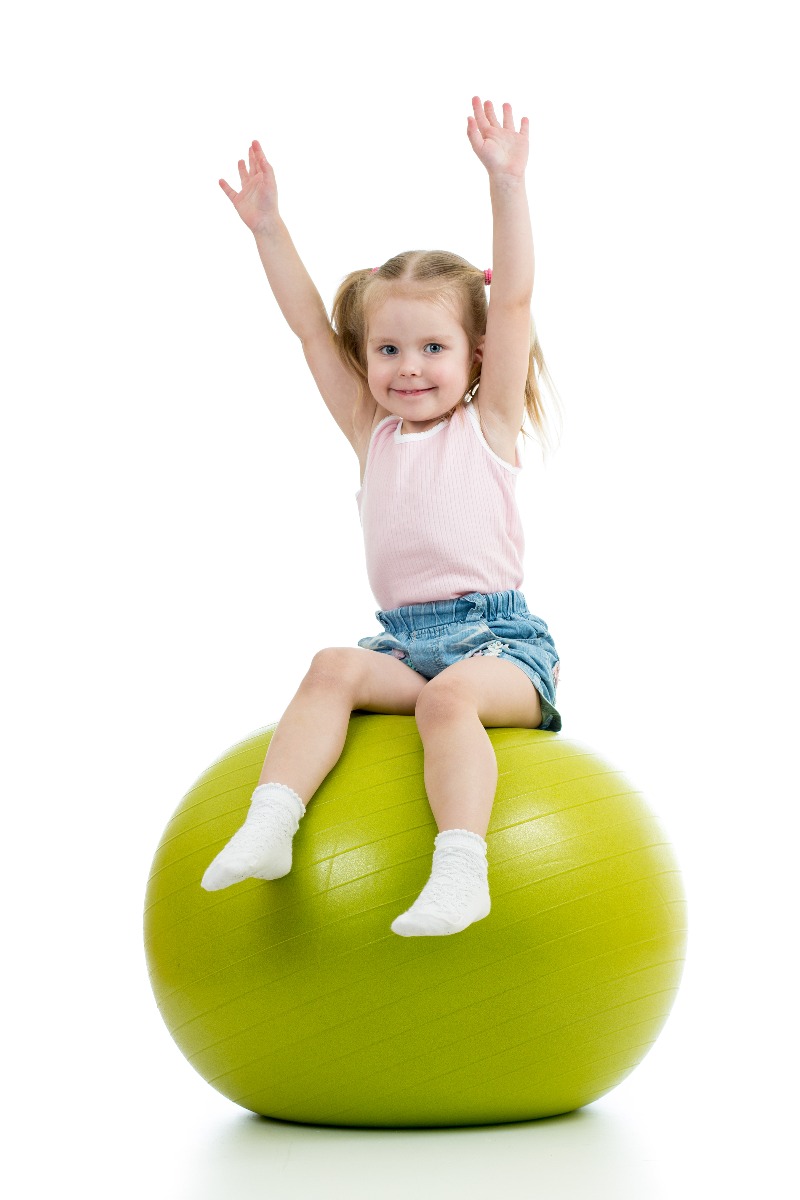
Prone Position on the Ball
- Lie your stomach on the ball as you roll back and forth
Parents - You can also roll your child forwards and have them hold themselves up on their arms while playing with a toy or completing a puzzle. This helps increase strength and provide proprioceptive input to improve body awareness
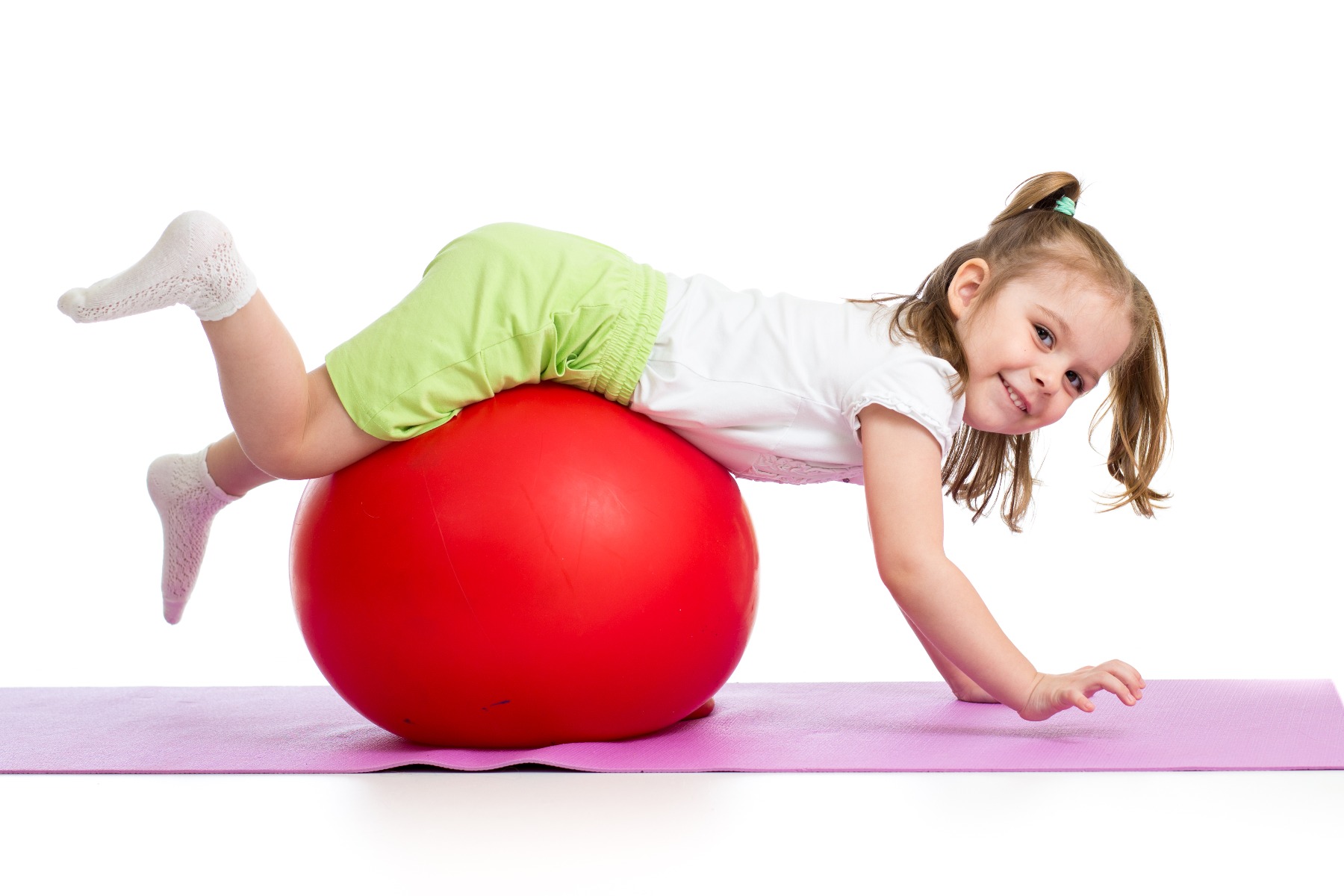
Superman Lifts
- Start on all fours with the ball under the stomach
- Lift your arms (with elbows straight or behind your head), head, and shoulders off the ball
- Hold for 3-5 seconds. Your upper body should be positioned like you are superman flying in the air
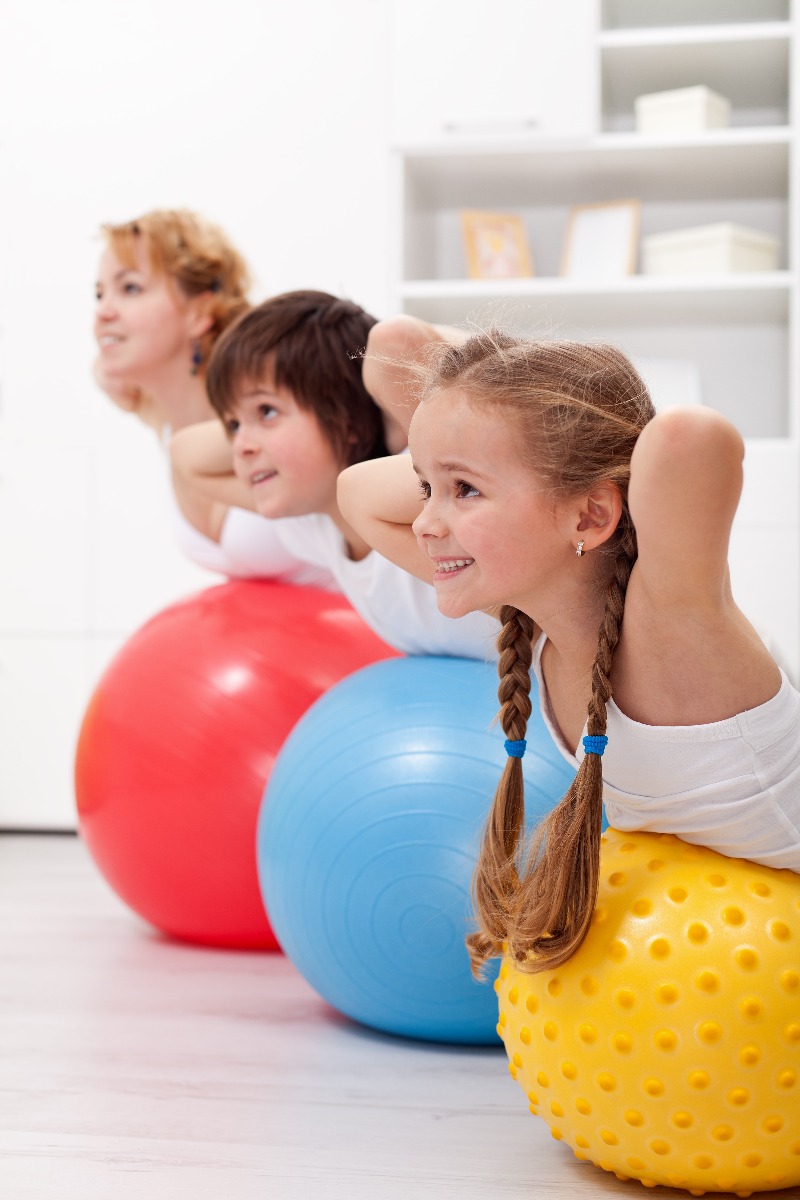
Movements can be added to make these exercises more challenging as the child becomes stronger. The large size of a balance ball makes it simple for children to use it to learn skills such as throwing and catching too. Hand-eye coordination can be addressed by having the child pass the ball to another child while stepping in a sideways motion. Kicking the ball develops coordination and leg muscles. Even toddlers can learn basic ball skills by rolling the ball to another person and then putting their arms out to receive it back.
To learn more at-home exercises, watch this video!
Conclusion
Active children often have big proprioceptive and vestibular needs. By using a balance ball, you’re providing your child deep sensory processing input that can help calm and regulate them. Some classrooms will allow your child to sit on a ball while doing class work as it can help your child have a sense of movement while staying seated. Implement several at-home activities to help improve balance, core strength, posture, and more!
References
- Anonymous. (2020). 8 Ways Occupational Therapists Recommend Utilizing an Exercise Ball. Chicago Occupational Therapy. Retrieved from https://bit.ly/3nG2sLy
- Crawford, Benna. (2019). Yoga Ball for Kids: How to Use Them Safely. LoveToKnow: Health. Retrieved from https://bit.ly/34iUikD
- Heffron, Claire. (2017). Physical Activities for Kids Using an Exercise Ball. The Inspired Treehouse. Retrieved from https://bit.ly/2KwWUoj
Medical Disclaimer: The information provided on this site, including text, graphics, images and other material, are for informational purposes only and are not intended to substitute for professional medical advice, diagnosis or treatment. Always seek the advice of your physician or other healthcare professional with any questions or concerns you may have regarding your condition.








 France
France Australia
Australia